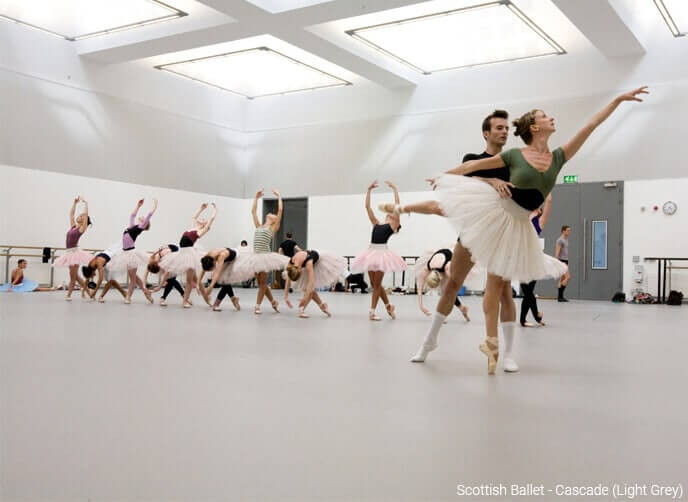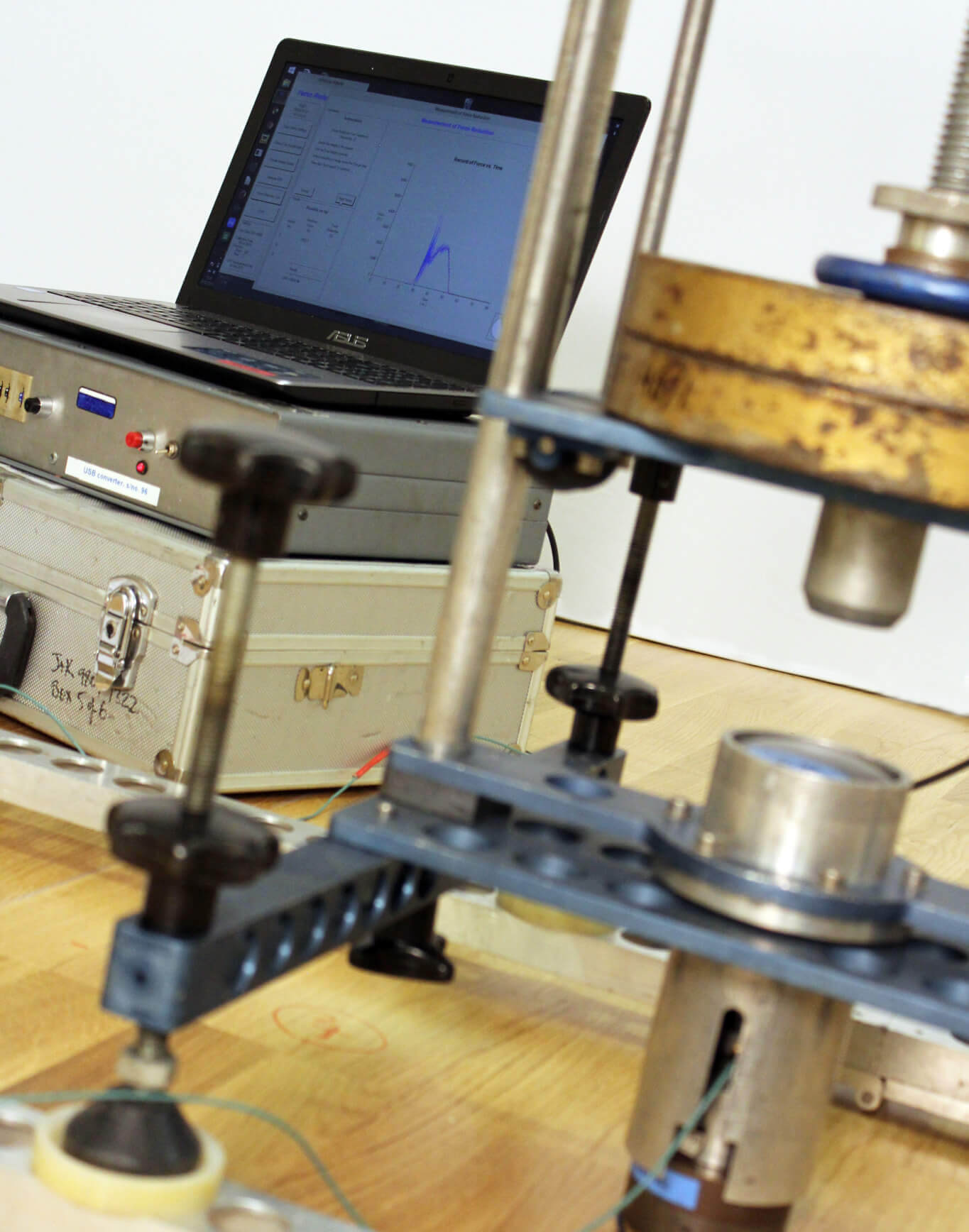World leader in advanced technology flooring for dance, Harlequin have been designing, manufacturing and installing a range of long-lasting, durable portable and permanent sprung floors and vinyl floors for dance, theatre and the performing arts industries for over 40 years.
Harlequin has led the way in developing and evolving the modern dance floor and has been involved with extensive research into reducing dancer injury, whilst placing trust and innovation at the heart of everything it does to become a brand that dancers and performers depend on.
With a growing interest in the provision of spaces suitable for dance, for professional performance and rehearsal, private dance schools and throughout the education sector, there is increasing focus towards specifying dance floors that meet both performance aspirations as well as conforming to health and safety requirements.
Harlequin have extensive experience working on projects with architects and main contractors at leading venues around the world. All Harlequin products are listed on the NBS National BIM Library to enable simple specification, relevant links can be found below.
For further information, advice and support, please contact our technical sales team. Call us on +44 (0)1892 514888 or email architects@harlequinfloors.com
If you are interested in booking a Harlequin CPD session for your practice, please email cpd@harlequinfloors.com or click here for further information






